Ten years ago today, the first tweet was sent. It was a time when lots of people were excited about something called ‘Web 2.0’, which was a kind of shorthand for “trying to figure out where the Web is taking us now”.
There was a lot of talk about blogs and podcasts. There was something called Technorati, and there was Delicious; there was Jaiku and there was Flickr. There still is Flickr!
MySpace was big. In Ireland and the UK, Bebo was huge! Facebook was still confined to schools and colleges only: it didn’t open to all until later that year.
So much has changed in ten years – and so has Twitter itself. While the basics of the 140 character message remain unchanged it has been enhanced with better ways of handling media such as photos and video, with the ability to quote tweets, and with better support for blocking, muting, and reporting abuse.
And as the number of followers/followees grows for the average user, so does the way in which we use it. I used to get up in the morning and spend 10 or 15 minutes ‘catching up’ on the conversations of the night before. That seems laughable now!
https://twitter.com/twitter/status/711658625924620288
In its celebrations today, Twitter the company has been keen to emphasise the positive as the video above suggests. And many have accepted the invitation to use the #LoveTwitter hashtag today, though some feel that might be overstating things a little.
Happy 10th birthday Twitter. Note however, that the trending #LoveTwitter hashtag grossly overstates my emotions for you.
— Neil deGrasse Tyson (@neiltyson) March 21, 2016
Others point to the ongoing struggles of this now public company to turn a profit, in contrast to the more successful efforts of Facebook.
So – how much of the last 10 years have YOU wasted on Twitter? ;)
— Conn Ó Muíneacháin (@conn) March 21, 2016
I polled some people this morning, at work and online, asking if the tenth anniversary caused them to muse on the value of the time they’d spent on Twitter? Blacknight colleague James Larkin pointed me to the 1 minute / tweet formula he’d worked out some years back on an earlier anniversary. As I prepared to speak to Raidio na Gaeltachta about it this morning, I pondered that, in the best way that social media does, each user chooses their own Twitter experience, by those they follow, engage with, or block.
About a quarter of the tweets in my stream are in the Irish language, for example, reflecting the choices I have made. And as some of the Gaeilgeoirí pointed out to me in reply, that’s a far higher ratio than most of us can achieve with other media – or in our face-to-face interactions.
https://twitter.com/KingDonncha1/status/711923711482331136
Web 2.0 was about transition – we don’t use version numbers to make that point anymore – and today’s web continues to change. There’s no doubt that Twitter played a huge part in that transformation, and in the kind of web we’re making now. Whether Twitter itself survives that process – it’s still too early to say.
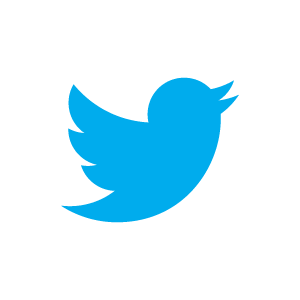

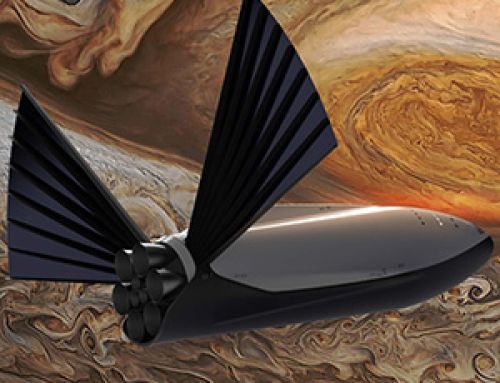

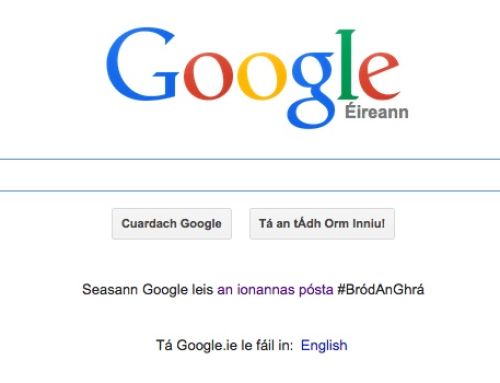
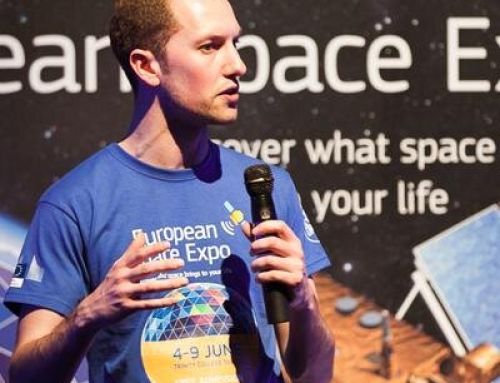
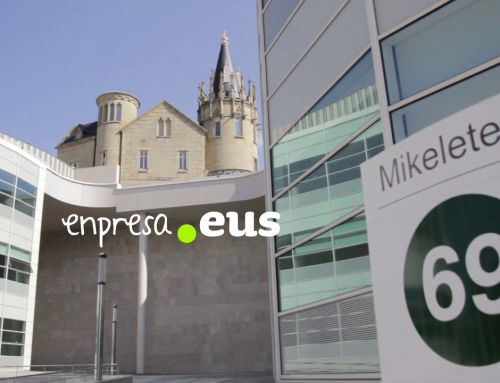
RT @blacknight: Thoughts as Twitter Turns Ten: https://t.co/W6vEDItuFx